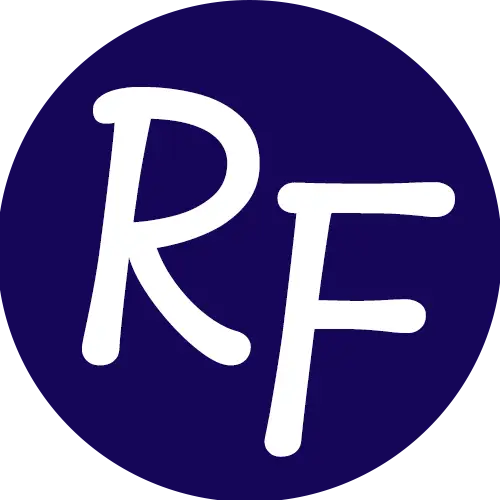This content has been archived. It may no longer be relevant
My last post discussed how basic principles of cooperation and respect are not always followed in the modern workplace. This post is the second in a series meant to remind us how to behave in the office to best contribute to team and office morale and a positive work environment.
How did we get here? I believe the trend is a result of increasingly informal workplace environments. Modern office designs encourage the “homification” of the workplace: areas for socializing, comfortable chairs, desks decorated with pictures from home and silly knickknacks. Contemporary corporate cultures encourage interpersonal interaction. When people are relaxed and comfortable, they are more innovative—and also happier at work. But do we risk losing our professional edge if we get too comfortable?
While I believe the aforementioned shifts are a step in the right direction, I have also noticed enough troubling trends to warrant a reminder of some basic workplace etiquette. This post covers workplace civility with respect to Meeting Behavior.
Meetings. Can’t live with them, can’t live without them. We have all had that moment when we realize our day is triple-booked and our schedule for the next four days leaves little to no time for actual tasks. Meeting etiquette is important for several reasons, but two are most relevant to this post: (1) if we’re going to spend a lot of time in meetings, we want them to be pleasant and productive, and (2) good meeting etiquette will actually lower the amount of time spent in meetings both for you and your colleagues. Here are some critical guidelines for staying on your best meeting behavior—in my opinion these are not simply good ideas, but imperative.
#1 Be a good meeting organizer
A good meeting organizer creates clear invitations with specific objectives. From the linked article:
The clearer you are on what’s happening in the meeting, the more likely you will have the right people show up. Not only that, but the people that show up are more likely to be prepared because you’ve told them what to expect. Empty meeting invitations with only a subject, date, and time are completely unprofessional and way too common. Taking a little time to think this through and type it out will save everyone time in the long run.
#2 Be purposeful with your invite list
All too often meetings grow too large, which not only takes up time for people who don’t need to be there, but it can also muddy the waters on what needs to be accomplished. It may seem easier to invite anyone you think might need or want to come in order to cover your bases, but then you end up with 15+ people (half of whom are multitasking with open laptops) and a convoluted objective. People who are invited may not be clear on whether they need to be there. It’s best to take accountability for creating a purposeful invite list. Use the Required and Optional fields as they’re intended—but make sure to call this out in the body of the invitation. Otherwise people are likely to miss it.
#3 Be on time
There’s not much that needs to be said for this guideline. Respect people’s time by showing up when the meeting is set to begin. Be prepared and ready to focus. Chatting at the beginning of the meeting is part of office socialization, but it should be limited so that you can get down to business and make the most of your time.
#4 Stay on task
Again, this guideline speaks for itself. The best way I’ve found to stay on track is to be clear with the meeting purpose in your invitation, and then reference it within the meeting to keep you on track. Writing your objective(s) or agenda items on a white board or projecting them onto a wall can really help keep the group honed in on the task at hand. At minimum, review them as a group to start off the meeting, reading them aloud and asking if everyone is clear on the meeting goals.
Another good practice is to us a “parking lot” to capture points that are important, but not related to the agenda. Use easel paper or part of a whiteboard to keep a list of these points. This way people feel they are heard and can more easily return to the agenda. Make sure to explain this tool at the start of the meeting.
Did I miss any meeting behavior that you think is a troubling trend? Please share below. Look for the next and final post in this series covering Email Etiquette.
Photo: Shutterstock
[share title=”Share this Post” facebook=”true” twitter=”true” google_plus=”true” linkedin=”true” pinterest=”true” reddit=”true” email=”true”]






